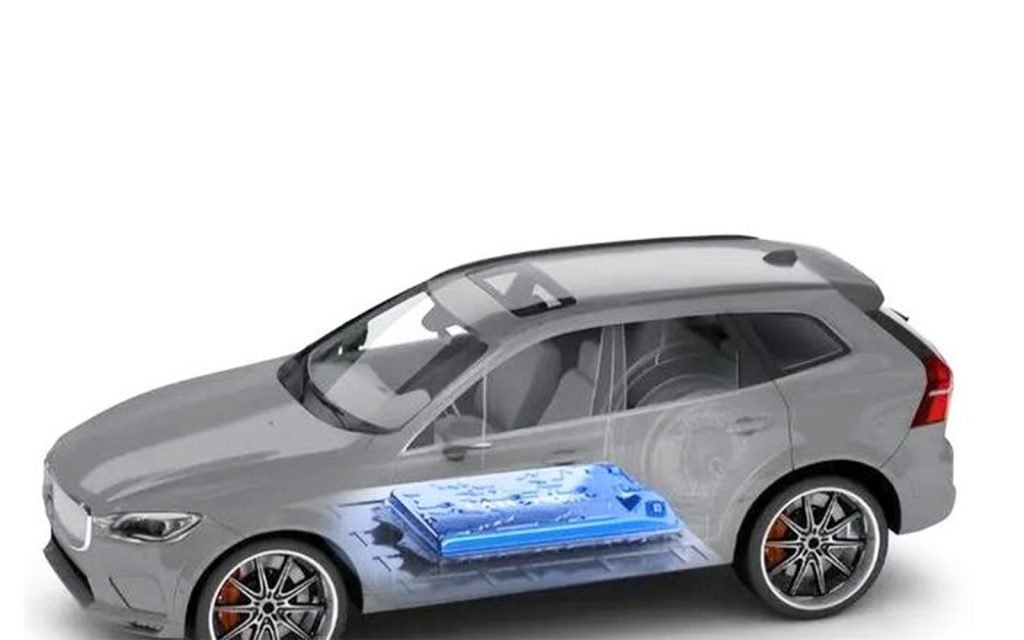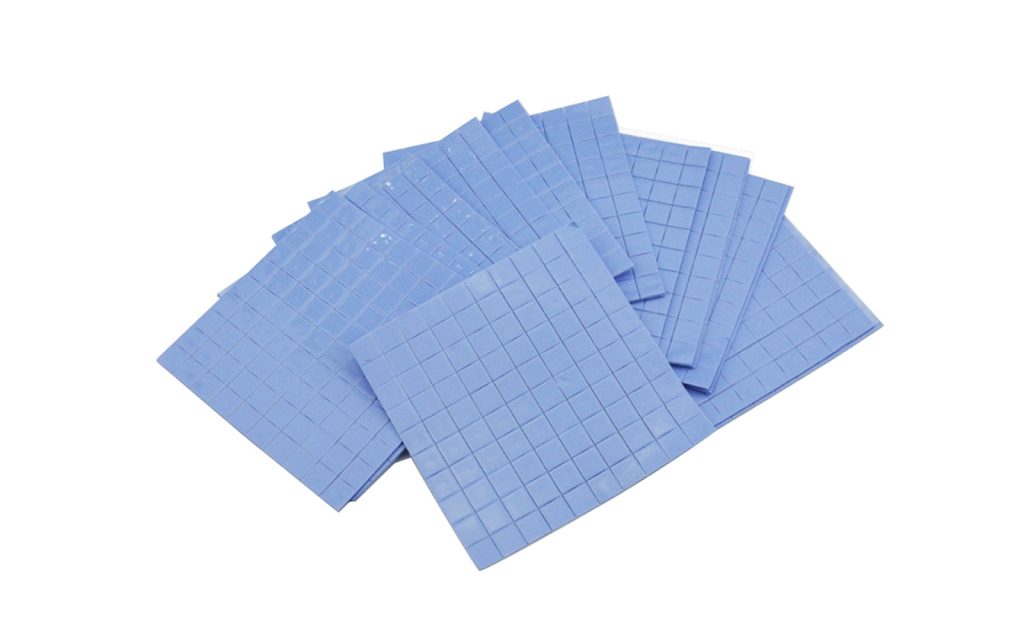As the world moves towards sustainable and energy-efficient solutions, new energy vehicles (NEVs) have taken center stage in the automotive industry. One of the critical components that ensures the optimal performance and safety of these vehicles is the thermal pad. But why do most NEVs rely on thermal pads? Let’s explore the reasons behind this choice and their impact on vehicle functionality.

What Are Thermal Pads?
Thermal pads are materials designed to transfer heat between components while maintaining electrical insulation. They are highly flexible, conformable, and efficient in bridging gaps between surfaces with different thermal profiles. These pads are commonly used in electronic devices and increasingly in NEVs for their unique properties.
Why NEVs Require Thermal Management
NEVs, powered by advanced battery systems and electronic control units, generate significant amounts of heat during operation. Proper thermal management is essential for:
- Performance Optimization: Ensuring that batteries, motors, and controllers operate within their ideal temperature range.
- Safety Assurance: Preventing overheating, which can lead to fire hazards or system failures.
- Longevity of Components: Prolonging the lifespan of batteries and electronic modules by avoiding thermal stress.
Advantages of Using Thermal Pads in NEVs
- Superior Heat Dissipation
Thermal pads efficiently transfer heat away from critical components such as battery cells and inverters, maintaining stable temperatures even under high loads. - Electrical Insulation
They provide reliable insulation to protect sensitive electronic components from short circuits. - Vibration Dampening
NEVs experience frequent vibrations, which can damage rigid thermal solutions. Thermal pads, being flexible, absorb vibrations and protect components. - Eco-Friendly Materials
Many thermal pads are made from non-toxic, environmentally friendly materials, aligning with the sustainability goals of NEVs. - Cost-Effective Solution
Compared to other thermal management solutions like liquid cooling, thermal pads are more affordable and easier to integrate during manufacturing.

Applications of Thermal Pads in NEVs
Thermal pads play a crucial role in various areas of NEVs, including:
- Battery Modules: Ensuring uniform heat distribution to avoid hotspots and enhance battery performance.
- Power Electronics: Cooling inverters, converters, and motor controllers.
- Charging Systems: Managing heat during fast charging to prevent thermal overload.
- LED Lighting Systems: Dissipating heat in energy-efficient lighting components.
Why Thermal Pads Are the Preferred Choice for NEVs
- Ease of Installation
Thermal pads are easy to install, requiring no additional adhesives or complicated assembly processes. - High Versatility
They conform to irregular surfaces, making them suitable for diverse components within NEVs. - Durability and Reliability
Designed to withstand extreme temperatures and harsh operating conditions, thermal pads offer consistent performance over time. - Lightweight Design
With weight being a critical factor in NEVs, thermal pads provide an efficient solution without adding unnecessary bulk.
Conclusion
Thermal pads are an integral part of the thermal management systems in new energy vehicles. Their ability to efficiently dissipate heat, provide electrical insulation, and adapt to various applications makes them a preferred choice for manufacturers. As NEVs continue to grow in popularity, thermal pads will remain a cornerstone of innovation and safety in this industry.
Explore More
If you’re interested in learning more about thermal pads or integrating them into your products, contact us today for expert solutions tailored to your needs!
